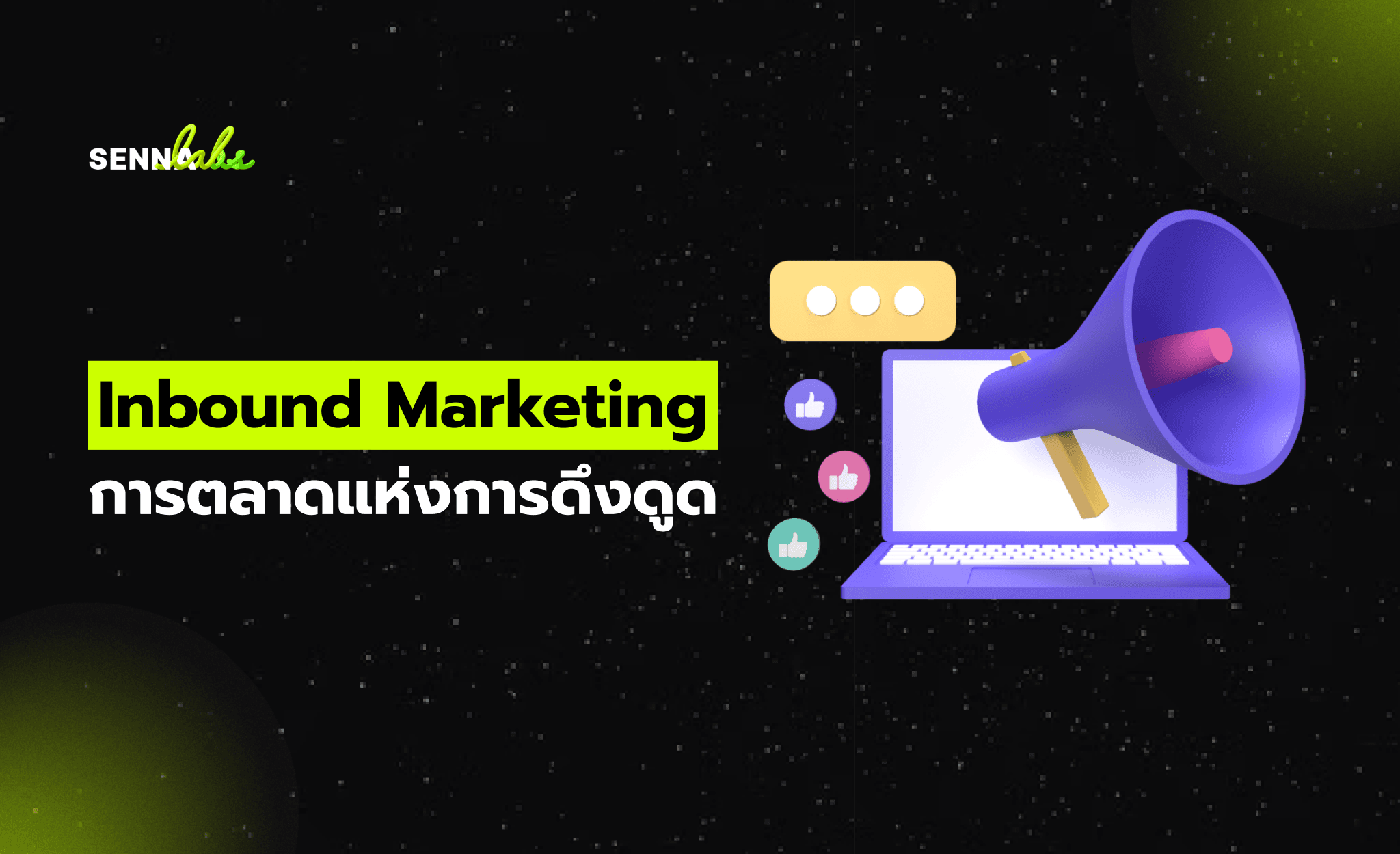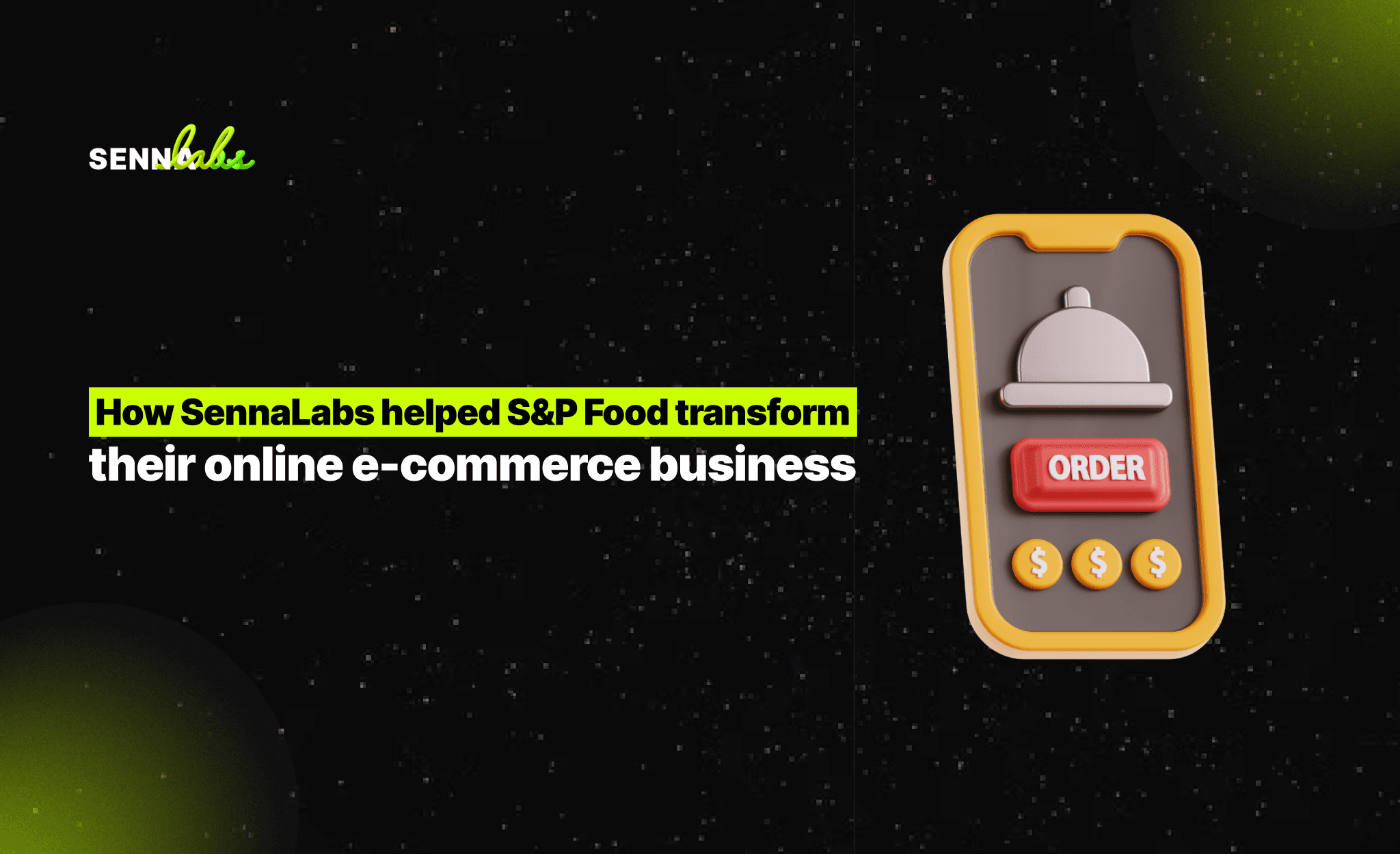Why Businesses Should Adopt PWA in 2025
Share

The digital landscape is evolving, and businesses need faster, more accessible, and cost-effective ways to engage users. Progressive Web Apps (PWA) are at the forefront of this transformation, offering a seamless, app-like experience directly through a web browser without requiring downloads from app stores.
One notable example is TrueX Smart Living, which leverages PWA technology to provide a smooth and responsive interface for controlling smart home devices. By eliminating the need for a traditional mobile app, TrueX enhances accessibility and reduces friction for users.
This article explores why PWA adoption is accelerating, its key benefits for businesses, and how companies can implement this technology to improve user experience and performance.

1. What is a Progressive Web App (PWA)?
A Progressive Web App (PWA) is a web-based application that delivers a native app experience while remaining accessible through a browser. PWAs leverage modern web technologies, responsive design, and offline functionality to enhance user experience.
Key Features of PWA
-
App-Like Experience – Functions like a native app, with smooth navigation and animations.
-
Offline Access – Uses Service Workers to cache data, allowing offline functionality.
-
Fast and Responsive – Loads quickly, even in low-network conditions.
-
No App Store Dependency – Users can install the app directly from a browser, eliminating the need for downloads.
-
Push Notifications – Engages users with updates and alerts, similar to native apps.
2. Why Are Businesses Adopting PWA?
Businesses are shifting towards PWAs because they reduce development costs, improve user engagement, and enhance performance.
1) Faster Load Times and Better Performance
-
PWAs use cached resources, reducing page load time and improving performance.
-
Google prioritizes fast-loading websites, meaning PWAs contribute to better SEO rankings.
2) Cross-Platform Compatibility
-
PWAs work on any device with a browser, whether mobile, tablet, or desktop.
-
No need to develop separate versions for iOS and Android, reducing maintenance costs.
3) Increased User Engagement and Retention
-
Studies show PWAs increase conversion rates by up to 36% due to faster and smoother user experiences.
-
Features like push notifications and offline access keep users engaged.
4) Cost-Effective Development
-
Building a PWA costs significantly less than developing a native mobile app.
-
Updates can be deployed instantly, without requiring app store approvals.
3. Real Use Case: TrueX Smart Living’s PWA for Smart Home Control
Challenge
TrueX Smart Living wanted to create a smart home control platform where users could monitor and manage IoT devices (e.g., lighting, security, temperature) without forcing them to download a mobile app.
Solution: Implementing PWA
-
PWA-based smart home dashboard accessible via any browser.
-
Push notifications to alert users about security updates or device status changes.
-
Offline mode allows users to access previously loaded data even without an internet connection.
Results
-
40% increase in user adoption due to eliminating app store friction.
-
Faster interactions with smart devices, improving real-time responsiveness.
-
Lower maintenance costs compared to maintaining separate native apps.
TrueX’s success demonstrates how PWAs can enhance the smart home experience, proving beneficial for industries focusing on IoT, automation, and real-time interactions.
4. How to Implement a PWA for Your Business
Step 1: Optimize Website Performance
-
Use lazy loading, image compression (WebP format), and caching for fast page load speeds.
-
Minimize JavaScript and CSS to improve responsiveness.
Step 2: Implement Service Workers for Offline Functionality
-
Service Workers cache assets and data, enabling offline mode.
-
Helps users interact with the site even in areas with poor network coverage.
Step 3: Add an App Manifest for Installation Capabilities
-
Allows users to install the PWA on their home screen, just like a native app.
-
Customize icons, splash screens, and branding elements for better user experience.
Step 4: Enable Push Notifications
-
Push API keeps users informed with updates, offers, and alerts.
-
Increases user engagement and conversion rates.
Step 5: Test and Optimize for Cross-Platform Performance
-
Ensure the PWA performs consistently on Chrome, Safari, Firefox, and Edge.
-
Use tools like Google Lighthouse to audit and optimize the app.
5. Industries Benefiting from PWA Adoption
1) E-Commerce – Faster browsing, better conversions, and offline shopping features.
Example: Alibaba increased conversions by 76% after switching to a PWA.
2) Media and Publishing – Instant loading for news platforms and interactive content.
Example: Forbes reduced load times from 6.5 seconds to 2.5 seconds with a PWA.
3) Fintech and Banking – Secure, fast transactions with app-like experience.
Example: Starbucks implemented a PWA for mobile payments and ordering, reducing app abandonment.
4) SaaS and Productivity Tools – Enables seamless, cross-device collaboration.
Example: Trello and Google Docs offer PWAs for easy offline access and quick interactions.
6. Challenges and Considerations
Despite their advantages, PWAs have some limitations.
1) Limited iOS Support
-
While Android fully supports PWAs, Apple restricts some features like push notifications on Safari.
-
However, iOS improvements are expected in future updates.
2) No Access to All Native Features
-
Some device functionalities (e.g., Bluetooth, NFC, background sync) may not work as seamlessly as in native apps.
3) User Awareness and Adoption
-
Some users may not be familiar with installing PWAs from browsers, requiring businesses to provide clear instructions.
7. The Future of PWAs in 2025 and Beyond
1) Expansion of Web Capabilities
-
Progressive Web App APIs are evolving to support more native features like biometric authentication and advanced hardware access.
2) Increased Business Adoption
-
More companies will transition to PWAs due to their low cost, faster updates, and better performance.
3) Advancements in 5G and Edge Computing
-
Faster internet speeds will enhance PWA loading times, making them even more competitive against native apps.
4) Better Integration with AI and Machine Learning
-
AI-powered chatbots and recommendation engines will make PWAs even more dynamic and personalized.
Conclusion: Why Businesses Should Adopt PWA in 2025
Progressive Web Apps bridge the gap between websites and native apps, offering faster performance, offline capabilities, and cost-effective development. TrueX Smart Living’s success with PWA proves that businesses can improve user experience while reducing dependency on app stores.

Share

Keep me postedto follow product news, latest in technology, solutions, and updates
Related articles
Explore all


